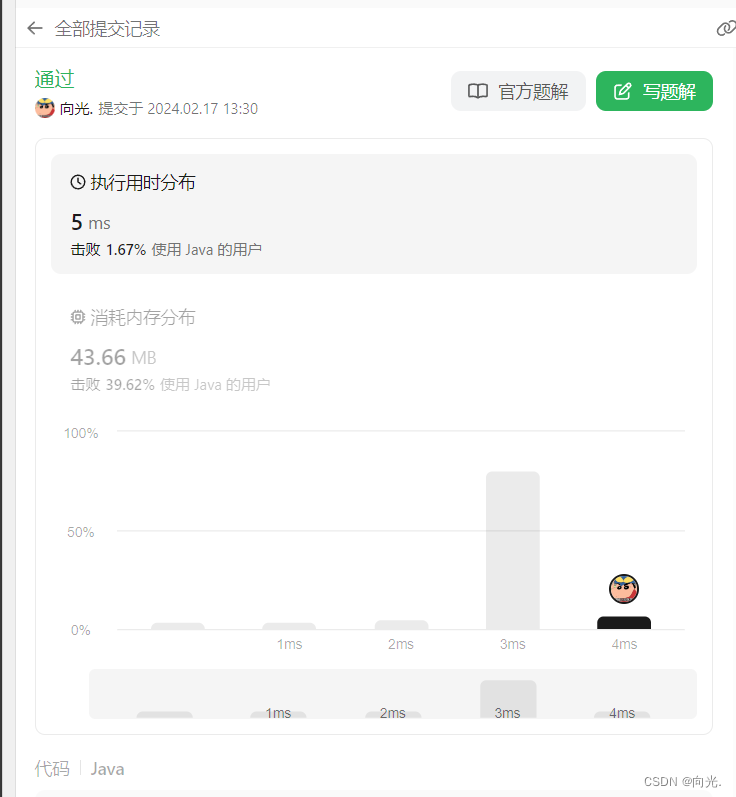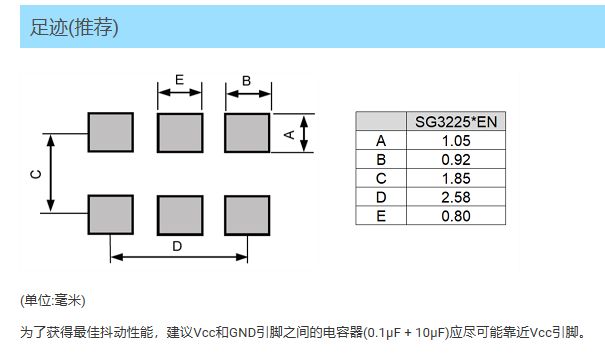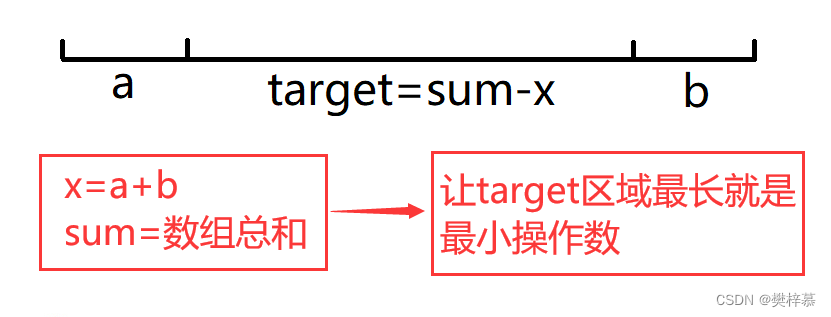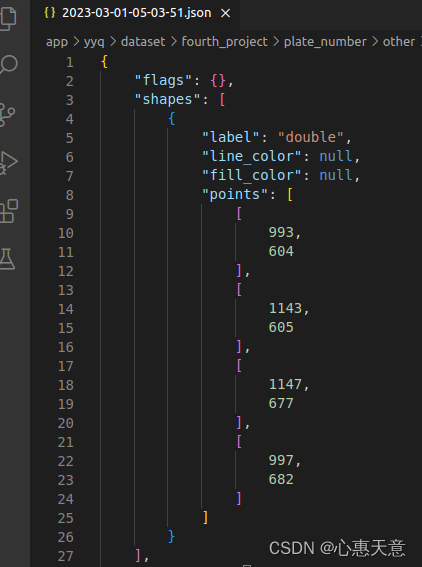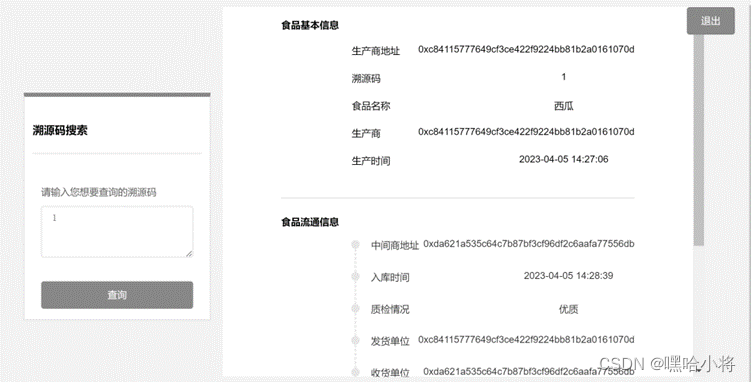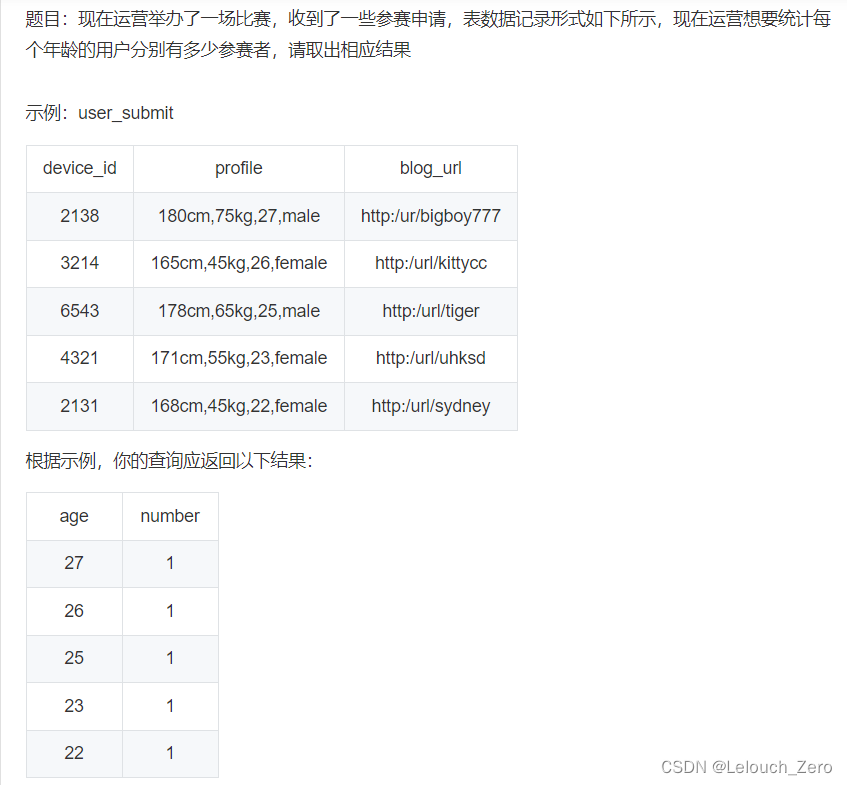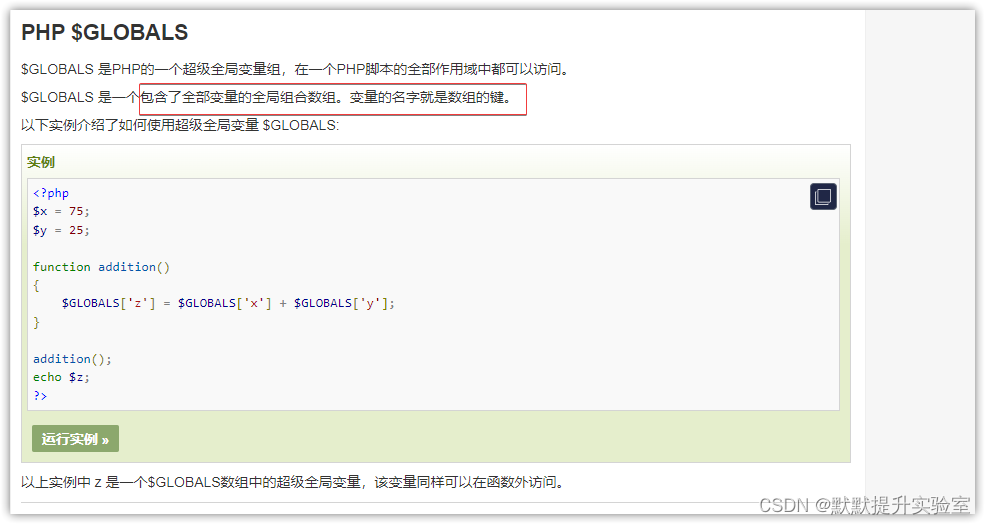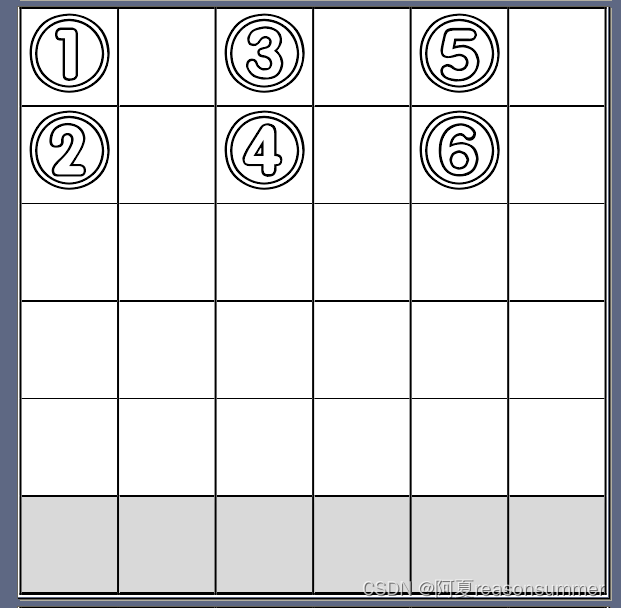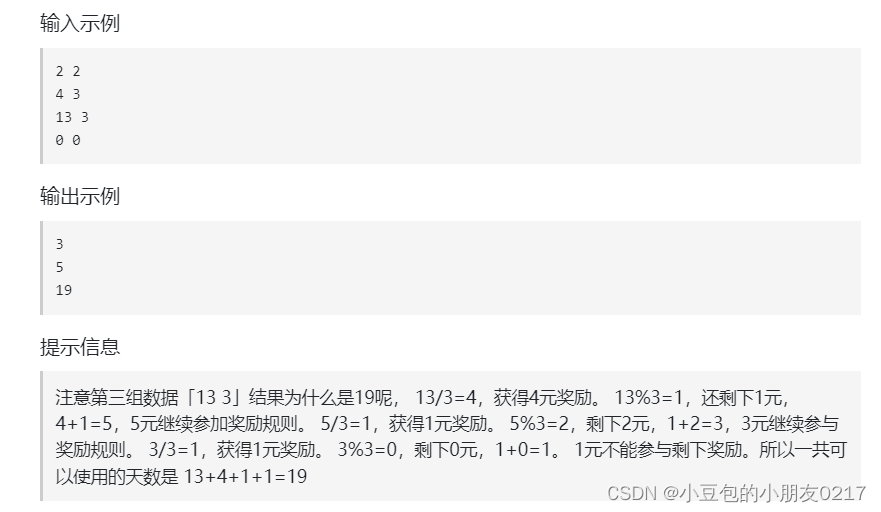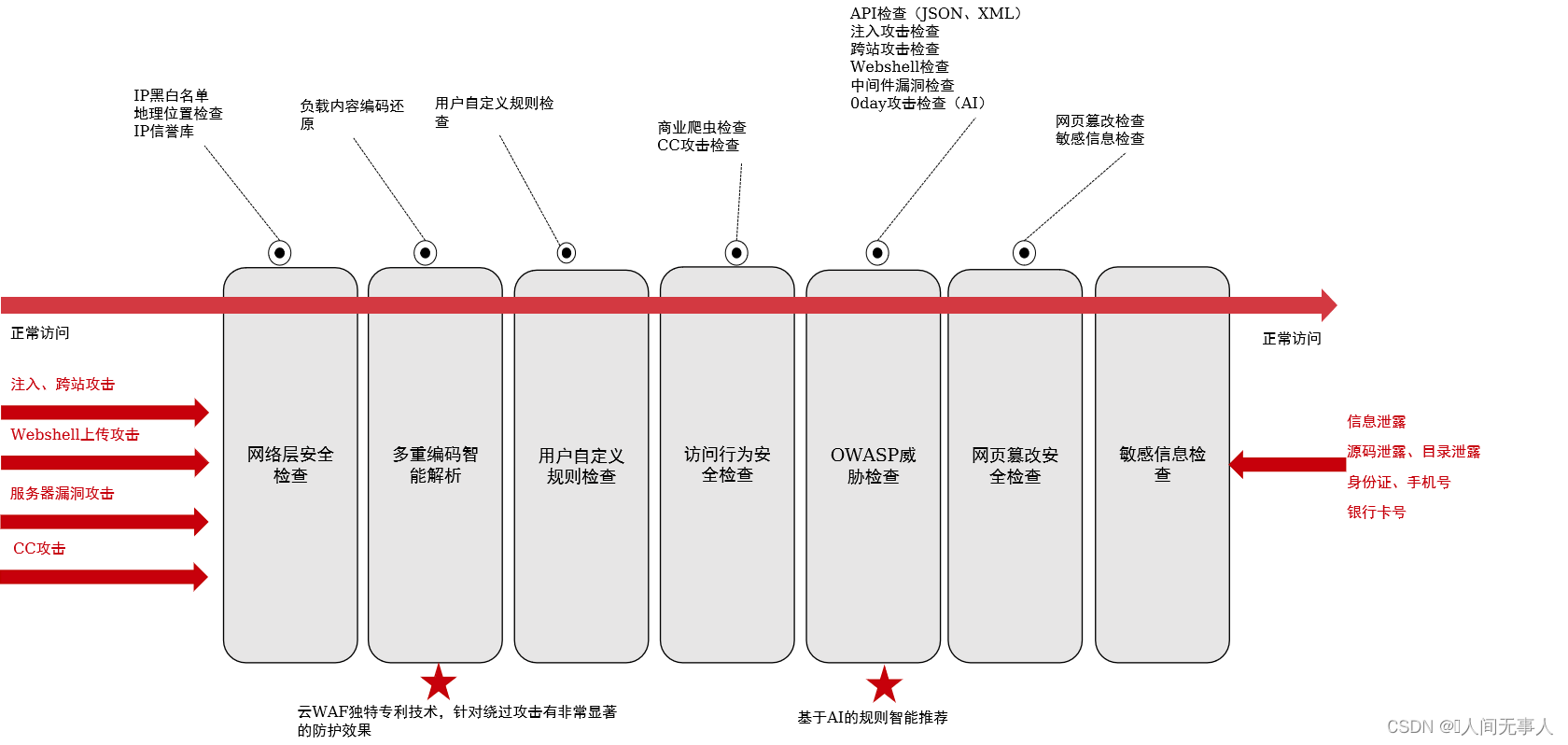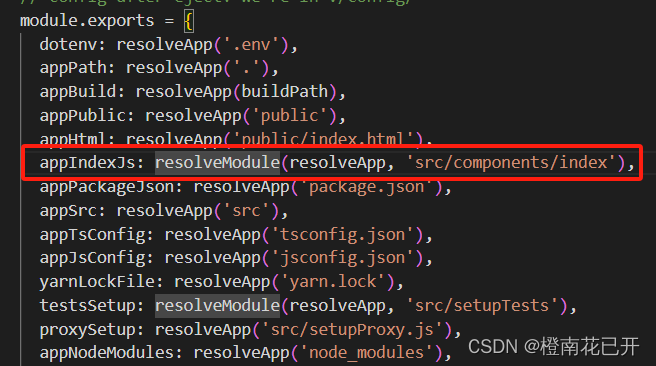429. N 叉树的层序遍历
给定一个 N 叉树,返回其节点值的层序遍历。(即从左到右,逐层遍历)。
树的序列化输入是用层序遍历,每组子节点都由 null 值分隔(参见示例)。
示例 1:
输入:root = [1,null,3,2,4,null,5,6]
输出:[[1],[3,2,4],[5,6]]
示例 2:
输入:root = [1,null,2,3,4,5,null,null,6,7,null,8,null,9,10,null,null,11,null,12,null,13,null,null,14]
输出:[[1],[2,3,4,5],[6,7,8,9,10],[11,12,13],[14]]
提示:
树的高度不会超过 1000
树的节点总数在 [0, 10^4] 之间

题解:
主要思路就是常规BFS,只不过每次从队列拿元素的时候一次将一层的节点全部拿出,再将这些节点下层的children都同时入队即可。这样会造成最后多一次入队出队,所以最后加上一次判空操作即可;
代码:
/*
// Definition for a Node.
class Node {
public int val;
public List<Node> children;
public Node() {}
public Node(int _val) {
val = _val;
}
public Node(int _val, List<Node> _children) {
val = _val;
children = _children;
}
};
*/
class Solution {
public List<List<Integer>> levelOrder(Node root) {
Queue<Node> queue = new LinkedList<>();
List<List<Integer>> res = new ArrayList<>();
if(root == null){
return res;
}
queue.offer(root);
List<Integer> list = new ArrayList<>();
list.add(root.val);
res.add(list);
while(!queue.isEmpty()){
// 队列想边拿边加时,则利用长度字段;想只拿不加可以用队列判空,最后队列再加;
List<List<Node>> tmpList = new ArrayList<>();
while(!queue.isEmpty()){
// 出队
// 将同层的节点一次拿出
Node tmpQueueOne = queue.poll();
if(tmpQueueOne.children != null)
tmpList.add(tmpQueueOne.children);
}
if(tmpList == null || tmpList.size() == 0)
continue;
int tmpLen = tmpList.size();
List<Integer> tmpResOfOne = new ArrayList<>();
for(int i=0;i<tmpLen;i++){
if(tmpList.get(i) != null){
for(int j=0;j<tmpList.get(i).size();j++){
tmpResOfOne.add(tmpList.get(i).get(j).val);
// 入队
// 将本层下层的孩子全部同时入队
queue.offer(tmpList.get(i).get(j));
}
}
}
if(tmpResOfOne == null || tmpResOfOne.size() == 0)
continue;
res.add(tmpResOfOne);
}
return res;
}
}
